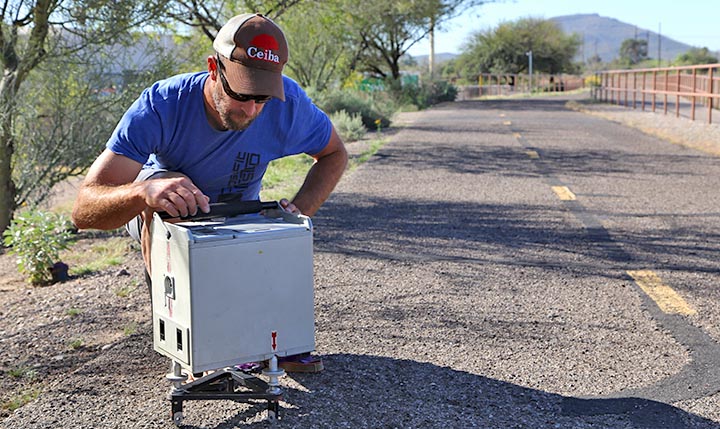Gravity Method
Geophysics is a kind of earth physics study which is related to electrical, magnetic, geophysics is a kind of earth physics study which is related to electrical, magnetic, seismology, and magnetism, seismology, magnetism. Geophysics is a kind of earth physics study which is related to electrical, magnetic, seismology, and magnetism.
Career Scopes of Geophysics especially on Gravity Method:
Geophysics itself is an interesting subject. There is huge scope for Geophysicists because of Its numerous applications. Students are becoming aware of the career opportunities due to geophysics and being attracted to this subject. There are some opportunities mentioned below for geophysicists:
● After completing MSc in Geophysics, we can pursue career opportunities as Geophysicists and analyze actively as a researcher. And presently being a researcher is
the most independent and respectable sector for all of us.
● We can also try for some exploration advisors in the geological organizations or agricultural laboratories and can assist the leads to make reports or information for earth
or soil formation.
● We can also go for teaching Geophysics as a teacher or professor in a university. What’s my most interesting application in geophysics and Why? I like the gravity method the most. It’s an obligatory thing for all of us whether it is a living organism or nonliving. All of us are stable because of this gravity. Otherwise, everything in our surroundings would have been flying unusually everywhere.
This energy attracts us to the center. Even if we are walking on the earth it’s because of this gravity. We have already read about standard gravity which is an average range of 9.8 ms^-2. But it varies from other places because of the earth and some influencing factors. It is greater in certain places than others due to factors including the local density of the crust and altitude. Gravity fluctuates over time due to variables like variations in Earth’s rotation and tides, changes in subsurface water content, underground magma movements, and vertical land movements.
The first geophysical technique utilized in oil and gas exploration was the gravity method. Despite being overshadowed by seismology, it remains a significant and occasionally critical limitation in a variety of exploration regions. In oil exploration, the gravity method is particularly applicable in salt provinces, overthrust and foothills belts, under-explored basins, and targets of interest that underlie high-velocity zones.
In mining applications, the gravity technique is widely employed to map subsurface geology and directly calculate ore reserves for some vast sulfide orebodies. Gravity techniques are now being used more frequently in specialised studies for shallow targets.
Even gravimeters have improved significantly over the last 25 years, especially in terms of their capacity to perform in a dynamic environment. This, combined with the introduction of global positioning systems (GPS), has resulted in a significant improvement in the quality of marine gravity, transforming airborne gravity from a regional technique to a prospect-level exploration tool that is particularly useful in otherwise inaccessible remote areas or transition zones.
